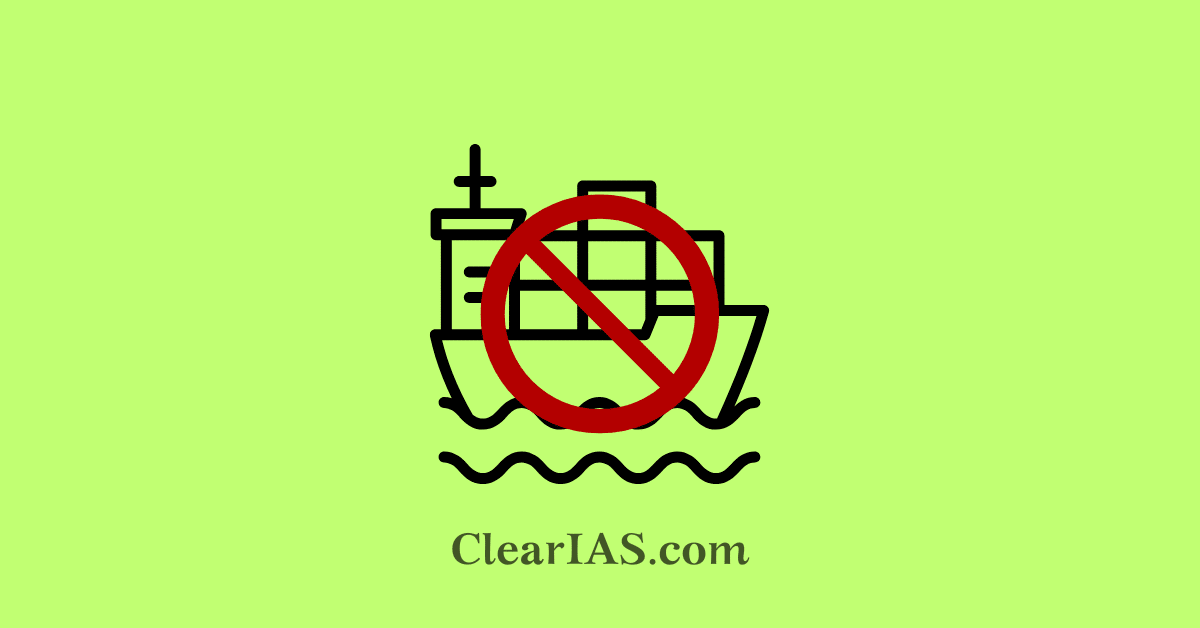
Anti-Dumping Duty (ADD) is a trade-remedy measure imposed by a country to protect its domestic industry from injury caused by imports sold at unfairly low prices (i.e., dumped goods). Two tools, Anti-Dumping Duty and Countervailing Duty (CVD), are often confused but serve different purposes. Read here to learn more.
India’s imposition of a five-year anti-dumping duty on hot-rolled steel imports from Vietnam highlights how trade-remedy tools are used to protect domestic industries from unfair global competition.
Dumping occurs when a foreign company exports a product at a price lower than:
- Its domestic market price (normal value), or
- It’s cost of production.
This gives imported goods an artificial price advantage, harming local producers.
Anti-Dumping Duty vs Countervailing Duty (CVD)
Anti-Dumping Duty
A tariff imposed on imported goods that are priced below their normal value (i.e., below home market price or below the cost of production).
This practice is called dumping, intended to undercut domestic industries.
Purpose
- To protect domestic manufacturers from injury caused by low-priced imports.
- To restore fair trade by raising the import price to a fair level.
When is it imposed?
- When DGTR determines dumping margin exists.
- The dumped imports must be causing injury to domestic industry.
- Investigation follows WTO’s Anti-Dumping Agreement under GATT Article 6.
Example
India imposing a five-year anti-dumping duty on hot-rolled steel from Vietnam, after DGTR confirmed that imports were sold below normal value and harmed domestic producers.
Countervailing Duty (CVD)
A tariff imposed on imported goods that benefit from unfair subsidies provided by the government of the exporting country.
Purpose
- To counterbalance the impact of foreign subsidies.
- To create a level playing field for domestic industries.
When is it imposed?
- When the exporting country provides subsidies (e.g., tax rebates, cheap loans, input subsidies).
- When subsidised imports cause injury to domestic producers.
- Governed by the WTO’s Agreement on Subsidies and Countervailing Measures (ASCM).
Example
If a country heavily subsidises its solar panel industry, causing cheaper imports to flood India, India may impose CVD.
Key Differences
Feature |
Anti-Dumping Duty |
Countervailing Duty (CVD) |
Cause of unfairness |
Selling below normal value (dumping) |
Government subsidies given in exporting country |
Focus |
Unfair pricing |
Unfair subsidisation |
Trigger condition |
Dumping margin + injury |
Subsidy + injury |
Proof required |
Dumping is taking place |
Subsidy is being provided |
WTO Basis |
Article 6 of GATT, WTO Anti-Dumping Agreement |
WTO Agreement on Subsidies and Countervailing Measures |
Investigating Authority (India) |
DGTR |
DGTR |
Imposing Authority (India) |
Ministry of Finance |
Ministry of Finance |
Who imposes Anti-Dumping Duty in India?
DGTR (Directorate General of Trade Remedies)- Ministry of Commerce
- Conducts investigation
- Determines if dumping exists
- Calculates margin of dumping
- Recommends ADD
Ministry of Finance
- Issues a notification and actually imposes the duty.
WTO Rules
Permitted under Article 6 of GATT (1994) and the WTO Anti-Dumping Agreement.
Conditions:
- Evidence of dumping
- Injury to domestic industry
- Causal link between dumping and injury
Countries must follow a rigorous investigation procedure.
Why These Duties Matter
For the Domestic Industry
- Prevents market distortion.
- Protects employment and investment.
- Ensures long-term stability.
For International Trade
- Ensures compliance with WTO rules.
- Prevents “trade wars” by creating transparent, rule-based remedies.
Criticisms & Concerns
- May raise prices for consumers
- Risk of misuse by domestic lobbies
- Can escalate into trade disputes
- Reduces the availability of cheaper imports
- Not a solution for deeply uncompetitive industries
Conclusion
Anti-dumping duties and countervailing duties are essential tools for India to maintain fair competition, especially as global supply chains expand and foreign producers may resort to pricing manipulation or government-supported subsidisation.
India, being one of the largest users of these trade-remedy measures, continues to leverage them to safeguard the domestic manufacturing ecosystem while adhering to WTO regulations.
Previous year questions
- How can India protect its interests in the ongoing trade wars? Examine the role of anti-dumping and countervailing duties in securing domestic industries. Mains GS-III (2018)
- “Discuss the importance of trade remedies (anti-dumping, safeguard duties, CVD) in promoting fair international trade.” Mains GS-III (2015)







Leave a Reply